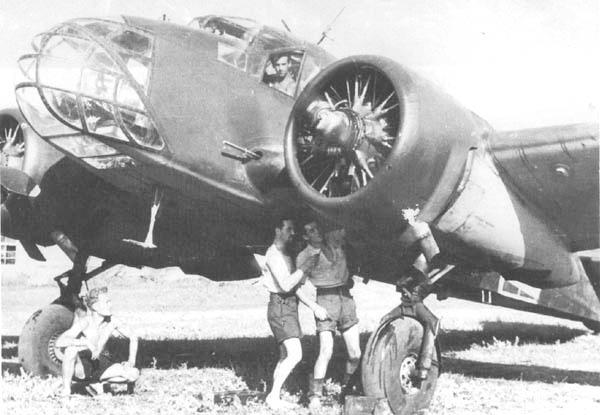| Type | 3-seat reconnaissance and medium bomber |
| Engine | 2 Piaggio Stella P.VII C.36 |
| Dimensions | Length 11,74 m, height 3,69 m, span 16,20 m, wing area 38,4 m2 |
| Weights | Empty 3460 kg, loaded 4822 kg |
| Performance | Max. speed 307 km/h, range 1600 km, service ceiling 7400 m |
| Armament | 1 fixed, forward-firing 7,7 mm Breda-SAFAT machine gun in port wing, 1 7.7 mm Breda-SAFAT machine gun in dorsal turret, 1 flexible, rearward-firing 7,7 mm Breda-SAFAT machine gun in ventral hatch, 400 kg of bombs |
| Type | Werk.Nr | Registration | History |

